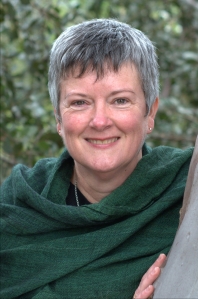
Claire Saxby talks about writing historical fiction

I let the facts sit on my shoulder as I insert my fictional characters. The facts give me a framework, the fiction fills the spaces between.
Claire Saxby is a an Australian author of fiction, non fiction and poetry for children. Her books are published widely in Australia and internationally. This year she was shortlisted for the Book Links Award for Historical Fiction for Children for her novel Haywire, a moving story about two boys on different sides in World War 2 who find themselves forming a bond.
She very kindly agreed to answer some questions for us about her writing.
What is historical fiction to you and why do you write it?
Historical fiction allows me to spend time in other worlds, particularly in other worlds that contribute to understanding my contemporary world. I see patterns there that hopefully can inform the future. I write historical fiction for much the same reason, to offer readers an opportunity to understand how we came to be here, now. I particularly like writing lesser known stories that sit beside more familiar tales from the same periods.
Why did you choose this particular time/topic?
The story of the ‘Dunera Boys’ was the initial impetus for Haywire, but as I researched, I understood how important it was to sit the story of the men brought here from England on the Dunera with the story of the town (Hay) who received them. I wanted to show how war affects everyone, not just the soldiers at the battle front, and I wanted to get behind the prejudices and see what motivated them.
How do you reconcile truth and fiction in your historical writing?
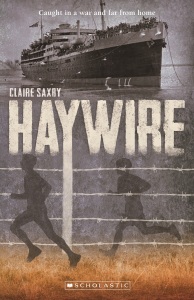 I immerse myself in facts. But not just the big picture dates and places facts. For Haywire, I read local newspapers of the time, learning what day the Red Cross met, when the bake sales were on, when the sheep sales were, reading the editorials and the Letters to the Editor. I talked to a man who was a child when the Dunera men arrived in town and married his excited accounts with national newspaper reports. I let the facts sit on my shoulder as I insert my fictional characters. The facts give me a framework, the fiction fills the spaces between.
I immerse myself in facts. But not just the big picture dates and places facts. For Haywire, I read local newspapers of the time, learning what day the Red Cross met, when the bake sales were on, when the sheep sales were, reading the editorials and the Letters to the Editor. I talked to a man who was a child when the Dunera men arrived in town and married his excited accounts with national newspaper reports. I let the facts sit on my shoulder as I insert my fictional characters. The facts give me a framework, the fiction fills the spaces between.
Who is your favourite writer of historical fiction? What is it about them that you admire?
I read very broadly and extensively and would find it difficult to nominate a single writer. Within the world of literature for young people there are so many writers I enjoy reading. To name a few: Meg McKinlay, Katrina Nannestad, Lorraine Marwood, Carole Wilkinson, Jane Jolly and so many more. I admire the ability of these writers to bring unfamiliar times to life so that I feel I’m right there, hearing the sounds, seeing the sights as the characters hear and see them.
What is next for you?
I have a new historical novel due out in the first half of 2022. ‘The Wearing of the Green’ is set in 1850s Melbourne and features Biddy, an Irish famine orphan girl, who arrives in Melbourne expecting to find her rebellious older brother. It’s the story of what happens when he is not there.
Thank you Claire, for taking the time to talk to us. I am certainly looking forward to reading The Wearing of the Green, what a wonderful start to a story!
The winner of the inaugural Book Links Award for Historical Fiction for Children will be announced on Saturday 16 October from 4:00 – 4:45pm via ZOOM, free admission. Book here.
Mia Macrossan
Comments
Sorry, the comment form is closed at this time.



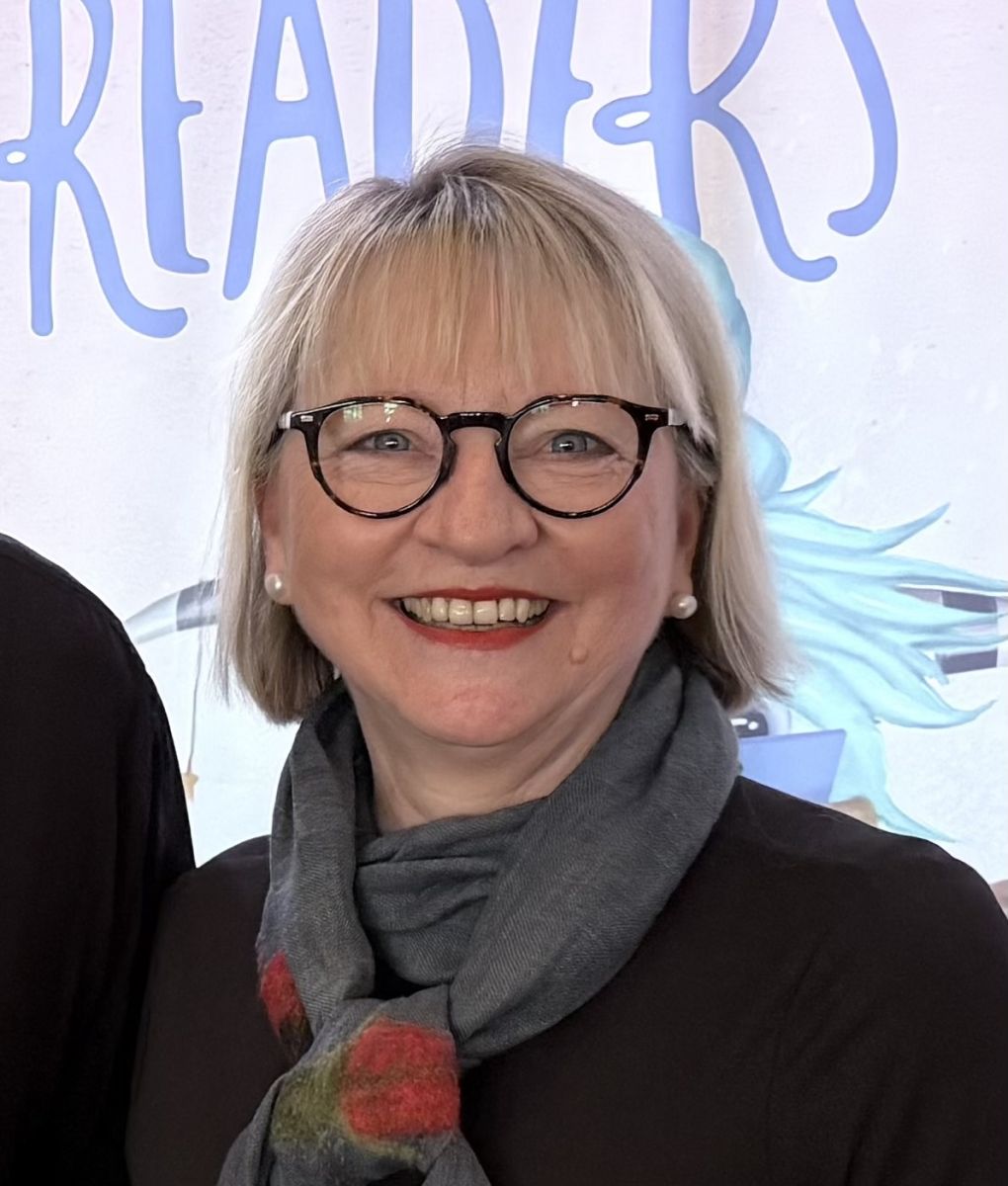
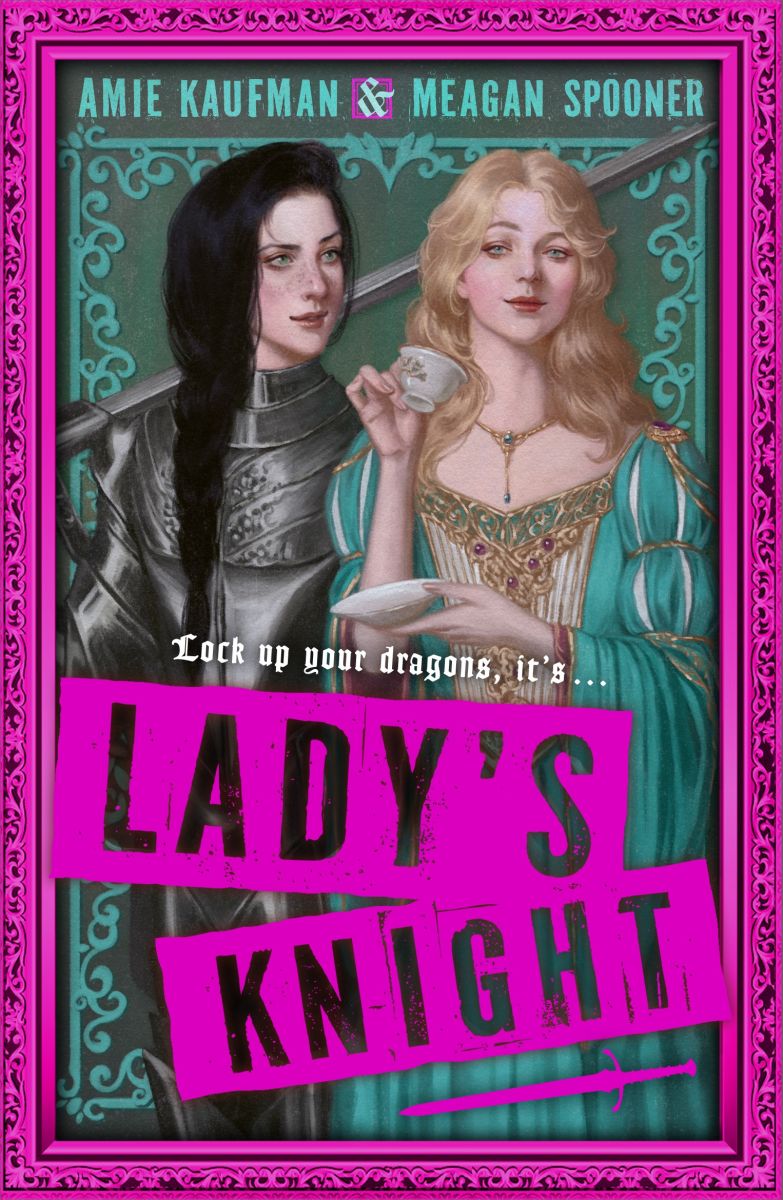
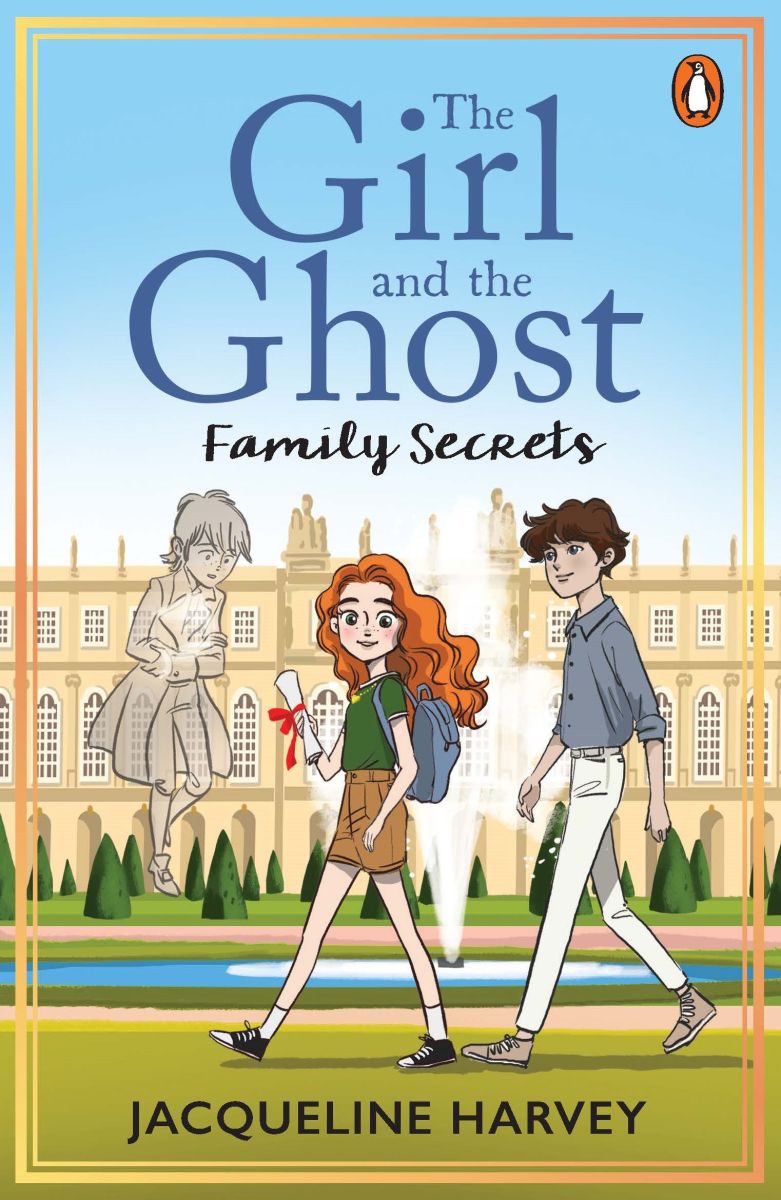

Pingback: Claire Saxby talks about writing historical fiction – Book Links QLD Inc
Pingback: ‘Born in history, immortalised in story.’ Six award winning writers reveal how they write historical fiction – Story Links